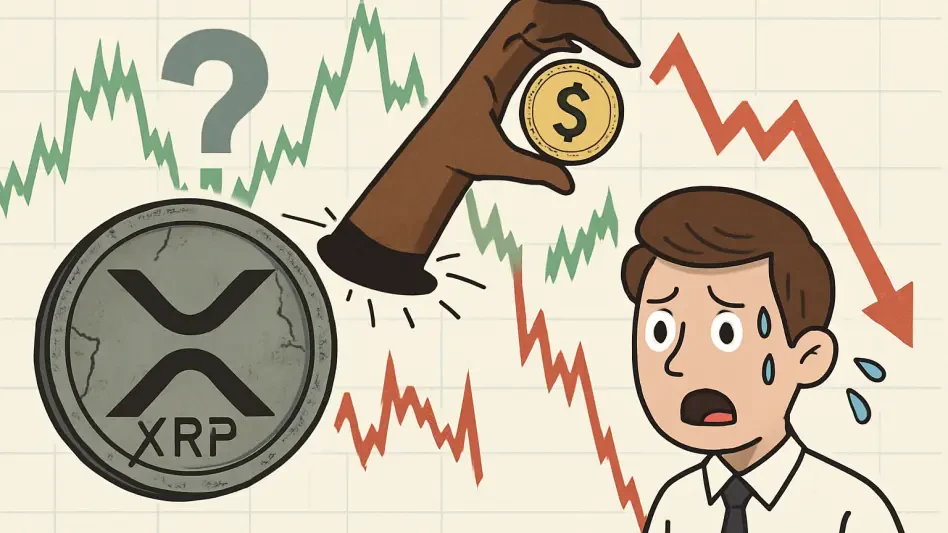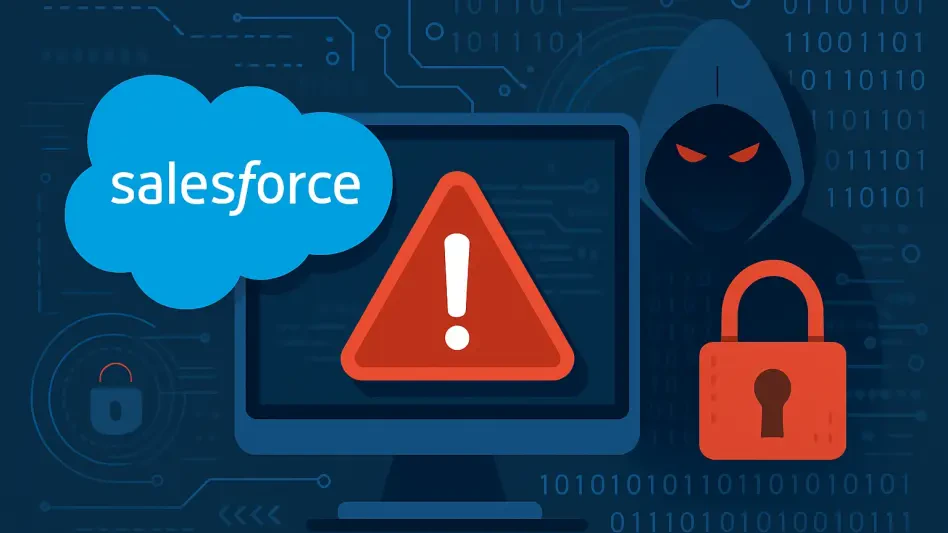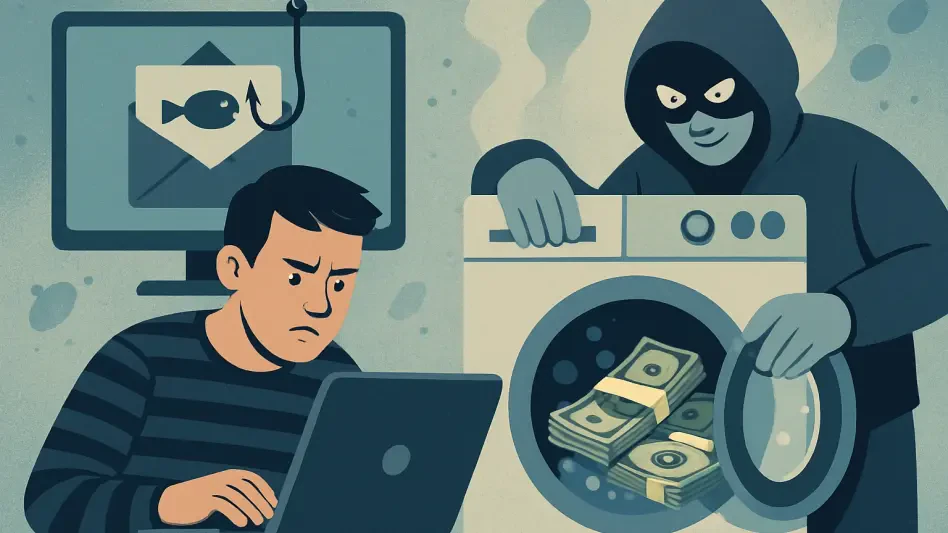In the ever-evolving landscape of cryptocurrency, few tokens have faced as much scrutiny and turbulence as XRP, a digital asset tied to Ripple’s payment protocol, with recent reports unveiling a troubling surge in fraudulent activities targeting its community. Millions of dollars have been lost to sophisticated scams, while market fluctuations have left investors grappling with uncertainty, as price drops and polarized opinions create a fertile ground for exploitation. This alarming combination of external threats and internal challenges raises critical questions about the safety and stability of investing in XRP. As scammers grow bolder and market sentiment wavers, the need for vigilance has never been more pressing, prompting a deeper exploration into the risks facing holders today.
Unpacking the Surge in XRP-Targeted Scams
Sophisticated Fraud Tactics on the Rise
The cryptocurrency space has long been a target for fraud, but the recent wave of scams aimed at XRP users stands out for its cunning and scale. Scammers are employing advanced social engineering tactics, often posing as trusted entities such as major exchanges or wallet providers to deceive unsuspecting investors. Phishing links, fake customer support hotlines, and even physical mail with malicious QR codes have become common tools in their arsenal. These fraudsters exploit fear by spreading false narratives about compromised accounts, tricking users into sharing recovery phrases or transferring funds to unverified addresses. Social media platforms have also become a breeding ground for fake giveaways, where impostors promise doubled returns for sending XRP, only to disappear with the funds. Such deceptive practices highlight the growing complexity of scams and the urgent need for investors to stay informed about these evolving threats.
High-Profile Incidents and Industry Warnings
A striking example of this escalating problem is the activity of the phishing group known as GreedyBear, which has reportedly stolen over $1 million in cryptocurrency through coordinated campaigns. According to security experts, this group uses fake airdrops and impersonation tactics to target XRP holders, showcasing a shift toward industrialized scam operations that are harder to detect. High-profile figures within the Ripple ecosystem have sounded the alarm, issuing public warnings to combat the spread of misinformation. These incidents are not isolated but reflect a broader trend of organized fraud that preys on the uncertainty surrounding XRP’s market position. The financial losses are often irreversible, as funds sent to fraudulent wallets or recovery phrases shared with scammers cannot be recovered. This harsh reality underscores the importance of skepticism toward unsolicited offers and the critical role of education in protecting the community from such devastating schemes.
Navigating Market Volatility and Investor Sentiment
Price Declines and Whale Activity Concerns
Beyond the threat of scams, XRP faces significant challenges tied to market dynamics that further unsettle investors. Analysts have observed a notable decline in whale accumulation, a key indicator often associated with price stability, signaling growing uncertainty among large holders. This trend has coincided with a 20% drop in XRP’s price from its recent highs, reflecting a weakening sentiment that could lead to even sharper volatility. The premined nature of the token adds another layer of concern, as it increases susceptibility to manipulation and large-scale sell-offs by early holders or entities with significant control. Such structural vulnerabilities make the market environment particularly precarious, leaving smaller investors exposed to sudden price swings. As confidence wavers, the potential for panic-driven decisions rises, creating an atmosphere where both legitimate and fraudulent actors can influence outcomes.
Divided Opinions on XRP’s Value Proposition
Adding to the market complexity is the deeply polarized view on XRP’s long-term potential within the cryptocurrency space. Some analysts and enthusiasts argue that the token holds unique upside due to its focus on cross-border payments and partnerships with financial institutions, positioning it as a viable alternative to traditional systems. Conversely, critics label it as a questionable asset, pointing to regulatory uncertainties and centralized control as reasons to avoid investment. This divide fuels confusion among retail investors, who often struggle to separate fact from speculation in a sea of conflicting narratives. Scammers capitalize on this uncertainty, crafting schemes that exploit both optimism and doubt to lure victims. The lack of consensus on XRP’s intrinsic value not only hampers market stability but also amplifies the risks of misinformation, making it harder for investors to make informed decisions in an already volatile landscape.
Safeguarding Investments Amidst Dual Threats
Lessons Learned from Recent Challenges
Reflecting on the dual crises of scams and market instability that have plagued the XRP community, it has become evident that many losses stemmed from a lack of awareness and rushed decisions. Sophisticated fraud campaigns, like those orchestrated by groups such as GreedyBear, exposed vulnerabilities in investor behavior, often exploiting trust in seemingly legitimate communications. Simultaneously, sharp price declines and wavering whale activity revealed how quickly sentiment could shift, leaving many unprepared for the financial impact. These challenges highlighted a critical gap in education and preparedness, as irreversible losses mounted due to shared recovery phrases or funds sent to unverified wallets. The stark warnings from industry leaders served as a reminder that external threats and internal market pressures were intertwined, each amplifying the other’s impact on unsuspecting holders.
Building a Resilient Defense for the Future
Looking ahead, the path to protecting XRP investments lies in proactive measures and a commitment to personal responsibility. Investors are encouraged to prioritize the security of self-custody wallets by using hardware solutions and never disclosing recovery phrases under any circumstances. Verifying the authenticity of communications before acting—whether through official channels or trusted platforms—can prevent falling prey to phishing attempts or fake offers. Additionally, staying updated on market trends and understanding the factors behind volatility can help in making measured decisions rather than reactive ones. The community must also advocate for stronger educational resources to combat misinformation, ensuring that both new and seasoned investors are equipped to navigate this complex terrain. By fostering a culture of caution and continuous learning, the risks posed by scams and market fluctuations can be mitigated, paving the way for a more secure investment environment.








